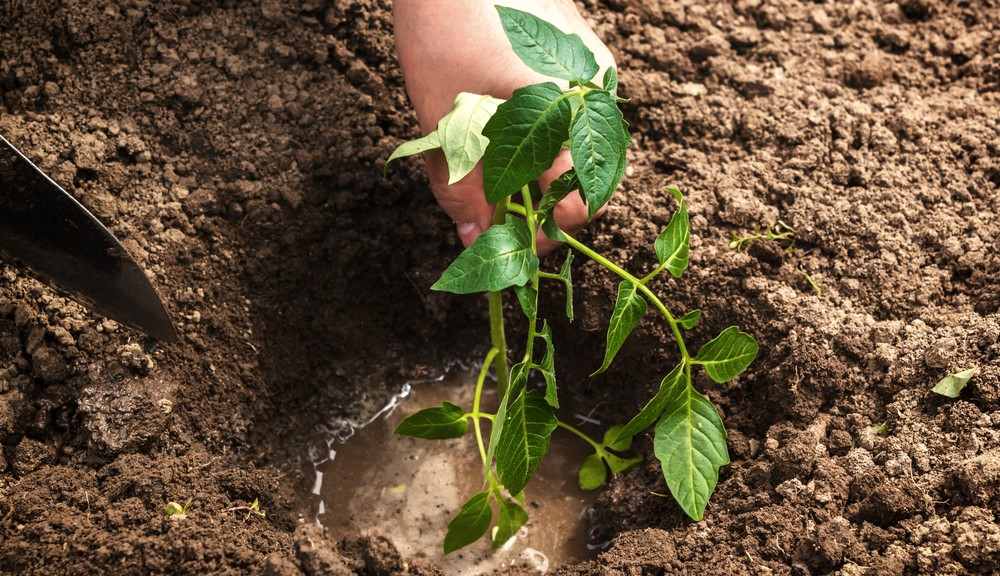Have you always admired the beauty and serenity of gardens but felt unsure about how to start one of your own? Gardening is a wonderful hobby that connects you with nature, provides a sense of accomplishment, and offers numerous benefits for your physical and mental well-being. If you’re a beginner, fear not! Here are some easy steps to help you get started on your gardening journey:
- Determine Your Gardening Space:
- Assess Available Space: Evaluate the space you have, whether it’s a small balcony, a backyard, or a windowsill. Consider factors like sunlight exposure, water accessibility, and available time for maintenance.
- Choose Your Plants:
- Start with Easy-to-Grow Plants: As a beginner, opt for plants that are resilient, low-maintenance, and suited to your specific growing conditions. Herbs like basil, mint, or rosemary, and vegetables like tomatoes, lettuce, or radishes are great choices.
- Consider Your Climate: Research plants that thrive in your climate zone. This ensures they can withstand the temperature and weather conditions specific to your area.
- Prepare the Soil:
- Clear the Area: Remove any weeds, rocks, or debris from the chosen gardening space to create a clean canvas for planting.
- Improve the Soil: Enrich the soil with organic matter like compost, aged manure, or peat moss. This enhances the soil’s fertility, structure, and ability to retain moisture.
- Planting and Watering:
- Follow Planting Instructions: Follow the planting instructions specific to each plant, including the appropriate planting depth and spacing. This ensures the plants have enough room to grow and thrive.
- Watering: After planting, water your plants thoroughly. Keep the soil evenly moist, but be careful not to overwater, as this can lead to root rot. Adjust your watering schedule based on your plants’ needs and the weather conditions.
- Provide Adequate Care:
- Sunlight: Ensure your plants receive adequate sunlight based on their requirements. Most plants need at least 6-8 hours of direct sunlight daily.
- Fertilizing: Feed your plants with a balanced fertilizer or organic alternatives as directed. This helps promote healthy growth and flowering.
- Pruning and Maintenance: Regularly remove dead or damaged leaves and flowers to encourage new growth. Stay vigilant for signs of pests or diseases, and take appropriate action if needed.
- Learn and Experiment:
- Educate Yourself: Read gardening books, watch instructional videos, or seek advice from experienced gardeners. Learn about different plant varieties, gardening techniques, and common challenges.
- Start Small and Expand: Begin with a few plants and gradually expand your garden as you gain confidence and experience. This allows you to focus on caring for a manageable number of plants while learning along the way.
- Enjoy the Journey:
- Patience and Observation: Gardening is a continuous learning process, so be patient with yourself and your plants. Observe how they respond to different conditions and adapt your approach accordingly.
- Embrace the Rewards: Revel in the joy of watching your plants grow, bloom, and bear fruit. Take time to appreciate the beauty and serenity of your garden and the satisfaction of growing your own plants.
Remember, gardening is a journey of discovery and enjoyment. Embrace the learning process, be open to experimentation, and don’t be afraid to make mistakes. With time and practice, you’ll develop your green thumb and create a thriving garden that brings you endless joy. Happy gardening!



